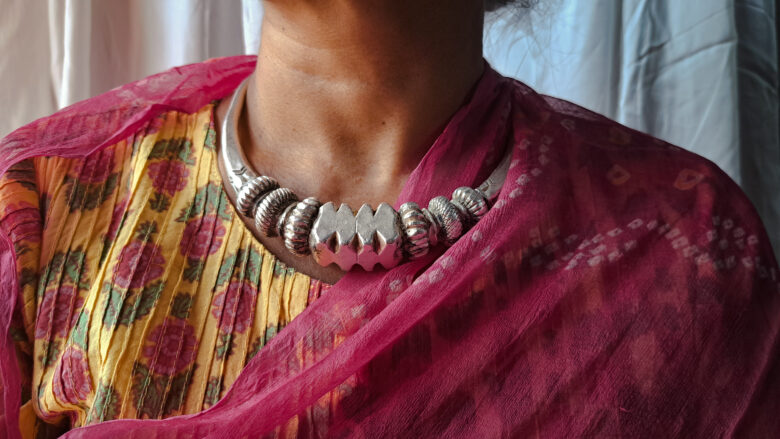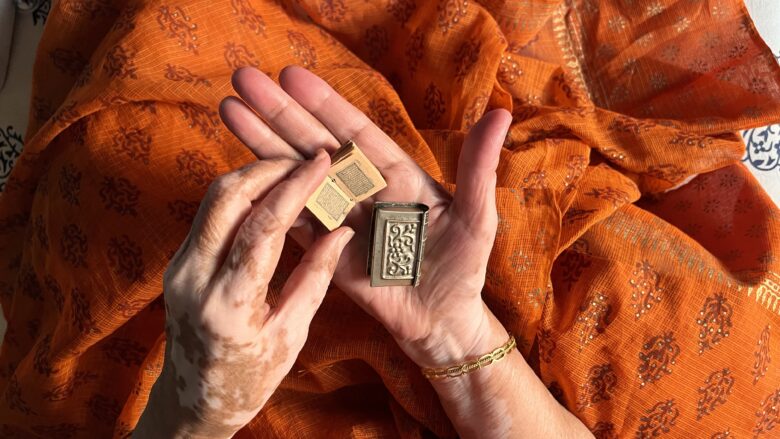From the Musi River to the Bay of Bengal: the lasting ink of a wedding invitation card
There is a ruqqa, a wedding card tucked into the folds of a family album. It announces the union of my maternal grandparents – Ahmed Uddin and Rafi Unissa Begum, better known in our family as Pasha and Nafees, and dates back to February 12, 1961





